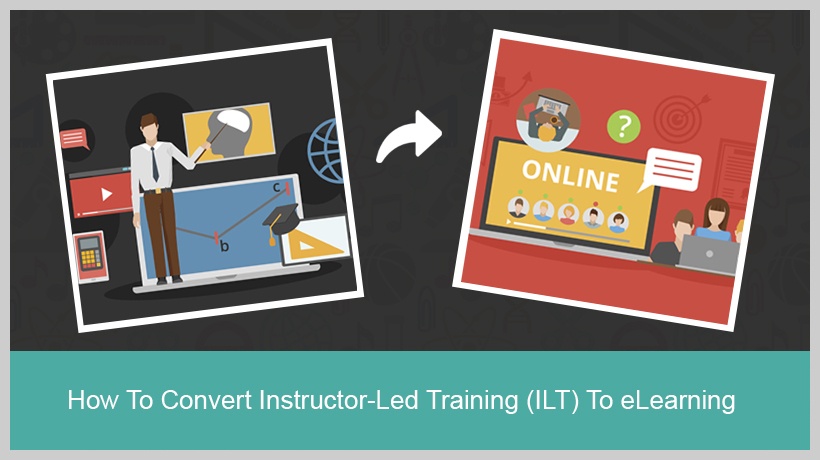4 Tips To Earn (and Keep) Trust as an eLearning Instructor
It’s difficult to maintain eye contact with your students when you’re online, even supposing that you have two-way cameras. eLearning instructors are restricted in their body language. And the eLearning environment lacks presence - that human element of warmth, physicality, closeness - the intangibles that allow people to bond. This makes it particularly difficult for eLearning instructors to gain the trust of their online students.
So how do we work around that to invite our online students to exist in our presence (a phrase I gratefully attribute to Jen Louden and Michele Lisenbury-Christensen)? Well, here are 4 tips.
- Introduce yourself.
We know how to earn the right to speak. We all have a PowerPoint slide with our credentials and a spiel about how we arrived. But for an individual that you will be shepherding through several weeks of training, those five minutes are negligible.Instead, before the class begins, send an email to course participants welcoming them. Introduce yourself, leaving your credentials aside. State clearly what you’re promising, and couple that with an expectation. Here’s an example:We meet online every Thursday at 2 pm ET. It’s my responsibility to provide an interactive learning environment that allows you to achieve the objectives for that week. It’s your responsibility to attend or watch the recording before the next session.This gives your online students a comfort level that you’re prepared, you’re capable, and you have their best interests at heart. - Touch your online students.
After teaching at least one session, eLearning instructors should make time to work with their online students in a more intimate way. They need to hear your voice. They need to see your face. They need contact with you to bond.For my Eight Weeks to Writing with Clarity, I conduct private coaching calls. I also limit the class to 18 online students, so that’s not an undue burden. If you have a larger class, you might consider conducting Google hangouts or Skype sessions with 3-5 participants in each. - Weave your contact into the training.
Now that you’ve established a foundation with each of your online students, use the training sessions to build on that. Online students have sent me writing samples that I incorporate into training sessions, not for critique, but as exemplars. I will say, this is a narrative passage, or, here is a comparison-contrast argument. I’ll use our chat box to reference running jokes about our pets or favorite snacks. And when I’m posing a writing situation, I’ll ask online students about the unique problems they face.These techniques work in two ways. First, online students feel that they have been heard. Validation builds trust. Second, other writers realize that they are not alone. They see similarities between themselves and the writer that I am addressing. That creates a sense of community leading to feelings of belonging and trust. - Follow up, NOW.
As an eLearning instructor who has followed steps 1-2-3, you have established that you can be trusted. That means your online students will come to you for guidance. When they do, make yourself available and follow up immediately. This will build presence, the very thing that’s lacking in an eLearning environment.The importance of a rapid response cannot be underestimated. Your student is not just asking for guidance; they are initiating a trust response. In a sense, it’s a test. If you don’t answer their phone call, if you don’t reply immediately to their email, you’ll be exposed as disingenuous, and all of your good work will be for naught.
I have to admit that this is where I have the most difficulty. My background is as an adjunct instructor in the Humanities. I’m accustomed to cycling 250 online students/ year. In that world, I had to segregate my teaching life and my work life and in order to teach, write, and edit simultaneously. As an eLearning instructor, I now have to re-train myself, opening doors into my world of writing and editing to be available to my students outside a set “office hour” mentality.
I also have to adjust my internal clock. In the Humanities a work of art is infinite, and your research can take as many years as you require. The government biologists I work with have a very different understanding of time. Their documents need to go out today, by 5 o’clock. That world is hard for me to comprehend.
So, as usual, my students are teaching me as much as I’m teaching them. Here’s to the lifelong learners among us - may we live long and learn well!








